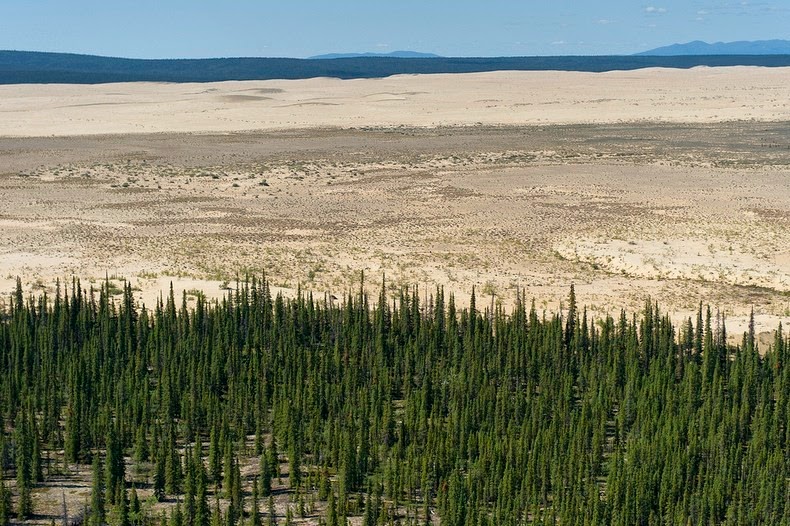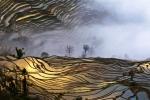The Kobuk Valley National Park, in Alaska, is one of the most remotely located national parks in the world. Situated on the edge of the arctic circle, this park has no roads that lead to it. The only way to reach it is by foot or sled, or by chartered air taxis. No wonder, it is one of the least visited in the National Park System. Enclosed within the 1.7-million-acres park, lies the Great Kobuk Sand Dunes, one of Alaska's true oddities, and a vestige of the immense continental glaciers that once covered much of North America.
The Kobuk Valley National Park contains, not one but three active sand dunes: the Great Kobuk Sand Dunes, the Little Kobuk Sand Dunes and the Hunt River Dunes, that together cover 20,000 acres of land, but at one time covered as many as 200,000 acres immediately after the retreat of Pleistocene glaciation. The dunes were believed to have formed by the grinding action of glaciers and subsequent deposition of sand by glacial-outwash streams emptying into what was once a large lake in the Kobuk valley, some 150,000 years ago. The 25-square-km Great Kobuk Sand Dunes constitute the largest active sand dunes found in the Arctic.

© Amusing Planet, 2014.









Comments